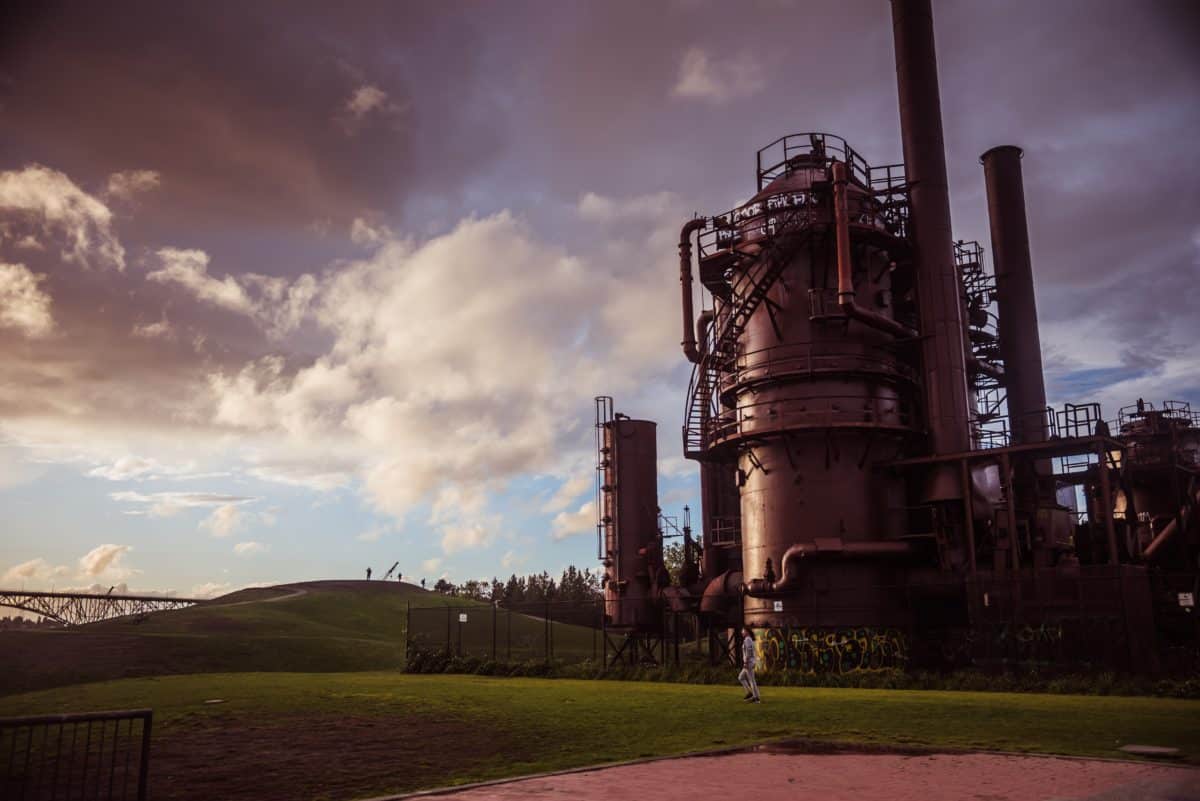Gas Storage in Europe: Record Inventories Impacting Prices
In an era of growing energy demand and environmental consciousness, the need for efficient and reliable energy storage mechanisms has become more pressing than ever before. Natural gas storage is pivotal in meeting these demands, ensuring a stable energy supply and enhancing energy security.
This article delves into the significance of natural gas storage. We will particularly focus on the European context, where the interplay between robust storage infrastructure and unforeseen disruptions in gas supply has gained prominence.
The Importance of Natural Gas Storage
Europe is currently experiencing a notable surplus in its natural gas inventories. It reached a record high for this time of the year. This surplus can be attributed to the significant carryout from the previous winter, which set a new record. The inventories remain substantial despite a relatively sluggish refill process since the beginning of April, driven by a decline in gas prices. In fact, these inventories are approximately +234 TWh (representing a 31% increase or +1.89 standard deviations). The numbers are higher than the average for the past decade during the same seasonal period. While this surplus has been slightly reduced from +282 TWh (equivalent to an 81% increase or +2.43 standard deviations) observed on March 31, the decline has been modest.
Natural gas storage is a buffer against fluctuations in demand and supply, contributing significantly to energy security. The ability to store surplus gas during periods of low demand and release it during high-demand periods helps stabilise prices and ensures a continuous and uninterrupted energy supply. This strategic mechanism minimises the impact of external factors such as geopolitical tensions, supply interruptions, and extreme weather events on energy availability.
No Gas Supply: Vulnerabilities Exposed
Natural gas storage infrastructure provides resilience against supply disruptions. However, the absence of such facilities leaves regions vulnerable to energy shortages. Instances of inadequate storage facilities can lead to scenarios where there is no gas supply during peak demand, causing energy insecurities and potential economic repercussions. This vulnerability emphasises the importance of investing in robust storage capabilities to ensure a reliable and flexible energy supply chain.
European Gas Storage: Lessons from Germany
Despite the decrease in prices, the current price levels in Europe remain elevated compared to the pre-invasion averages. These elevated prices should persist throughout 2024. This could potentially deter industrial usage and the reactivation of major gas-intensive plants. The lingering high prices underscore the broader impact of such market fluctuations on industrial operations and investment decisions within the energy sector.
In Europe, the significance of natural gas storage has come into sharper focus, with the continent heavily reliant on gas imports. Germany, often considered a pioneer in energy transition, has taken noteworthy strides in developing advanced storage infrastructure.
The country’s strategic approach to German gas storage involves utilising depleted natural gas reservoirs, salt caverns, and aquifers to store surplus gas. This approach gives Germany the capacity to respond to fluctuations in demand, ensuring a stable energy supply for both domestic consumption and exports.
European Gas Storage is not limited to Germany alone. It encompasses a network of storage facilities catering to various European nations’ diverse energy needs. The collaborative approach to gas storage enhances the overall energy security of the continent by enabling countries to share resources during emergencies or supply disruptions. This interconnectedness exemplifies the collective efforts aimed at building a resilient energy ecosystem.
Navigating Europe’s Natural Gas Surplus
Europe’s current surplus in natural gas inventories. It reached record levels for this time of the year. This signifies the lingering impact of the previous winter carryout. The slower refill rate since April, prompted by declining gas prices, has contributed to the surplus.
Efforts to stimulate consumption through lower futures prices reflect the delicate balance between surplus accumulation and demand. Furthermore, the repercussions of these developments extend beyond Europe, affecting LNG distribution to other continents. However, the enduring high prices in the region may have broader implications for industrial activity.
As demonstrated by the European context, the strategic storage of natural gas safeguards against supply disruptions. It fosters economic stability and environmental sustainability. The significance of European gas storage is evident. However, the need for continuous investment in storage infrastructure remains critical. By learning from successful models like German gas storage, other nations within and beyond Europe can ensure a robust and adaptable energy supply chain.
The post Gas Storage in Europe: Record Inventories Impacting Prices appeared first on FinanceBrokerage.






























